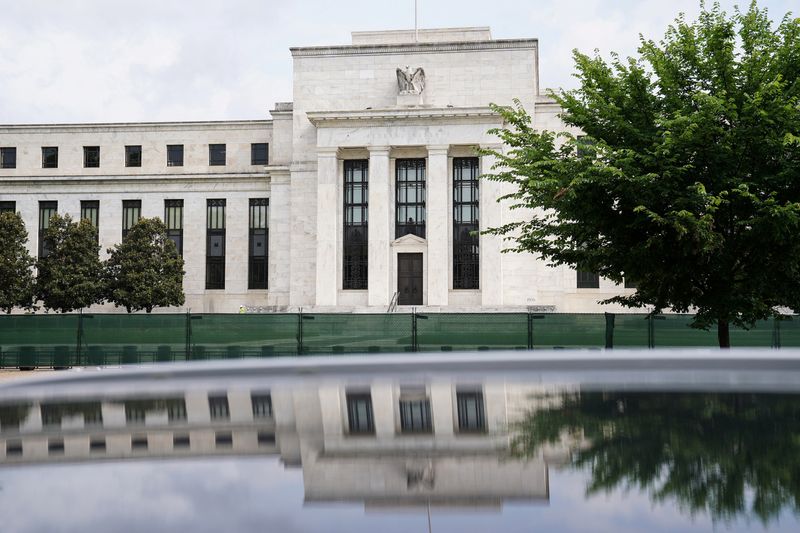The table is set for rates to go lower: Fed’s Schmid

Jeff Schmid, the President of the Kansas City Federal Reserve Bank and one of the more hawkish policymakers at the U.S. central bank, stated on Thursday that recent «encouraging» data has increased his confidence that inflation is cooling.
In comments reported by Reuters, Schmid said in remarks prepared for delivery to the Kansas Bankers Association’s annual meeting in Colorado Springs, Colorado, that this paves the way for a reduction in the Fed’s interest rate.
Schmid stated: «Given the multi-decade shock to inflation that we have experienced, we should be looking for the worst in the data rather than the best.»
He is said to have added that prices may fluctuate and the Fed requires «longer periods» to ensure the path of inflation..
«However, if inflation continues to come in low, my confidence will grow that we are on track to meet the price stability part of our mandate, and it will be appropriate to adjust the stance of policy,» he commented.
The latest inflation data shows that inflation is at around 2.5%, although the Fed’s goal is 2%, leading Schmid to state that the Fed is «close, but we are still not quite there.»
Last week, the Fed decided to keep the policy rate within the 5.25%-5.50% range, where it has remained for over a year. However, it hinted at a possible reduction in borrowing costs next month, citing a more balanced outlook on inflation and employment risks.
Following the policy decision, a weak jobs report a couple of days later sparked fears in financial markets that the Fed will need to respond aggressively to cushion the economy from recession.
Schmid pushed back on that view, describing the economy as resilient, consumer demand strong, and the labor market as noticeably cooling but still «quite healthy» when indicators beyond the rise in the unemployment rate are considered.
Given these conditions, he stated that the Fed’s current policy stance «is not overly restrictive.» Additionally, he mentioned that in order to see further declines in inflation, the labor market must cool down even more.
«This story could change if conditions were to weaken considerably more,» Schmid reportedly added. However, overall, he signaled that he remains on wait-and-watch mode as the «path of policy will be determined by the data and the strength of the economy.»
Schmid reportedly stated: «With the tremendous shocks that the economy has endured so far this decade, I would not want to assume any particular path or endpoint for the policy rate.»









